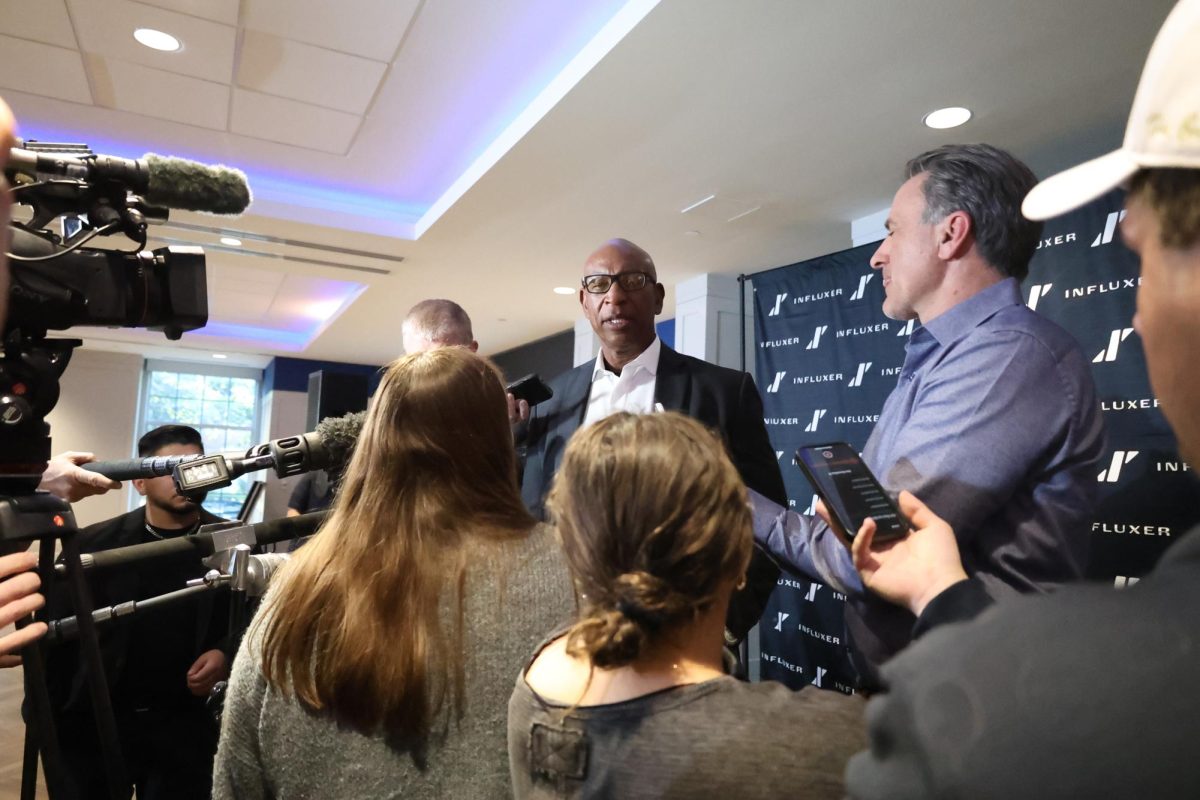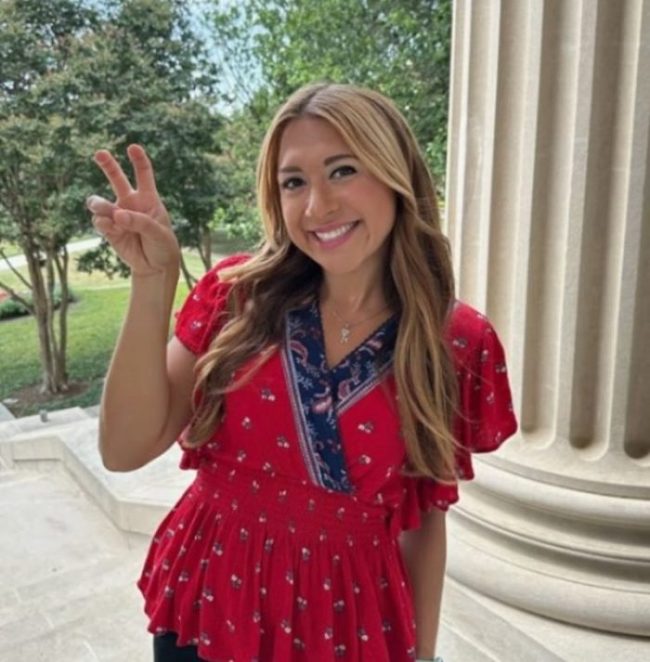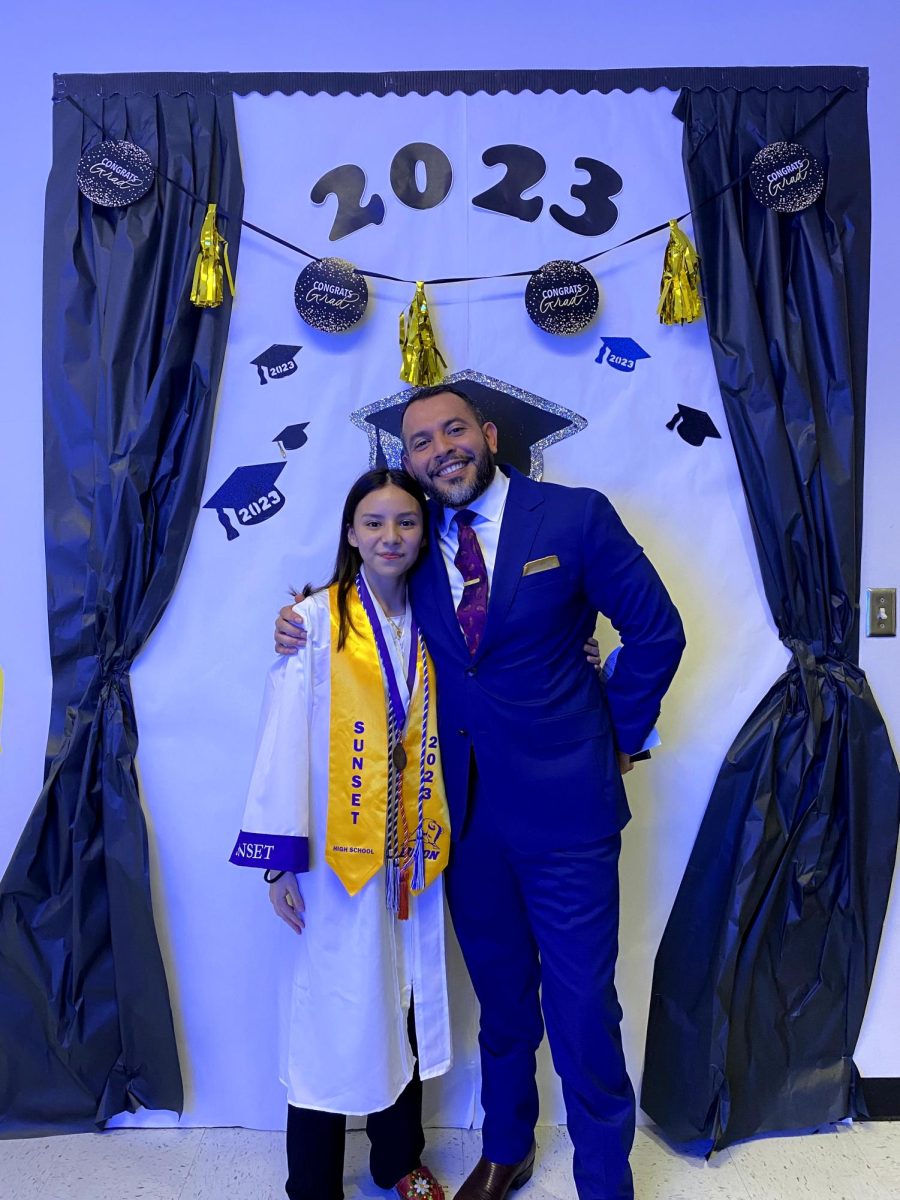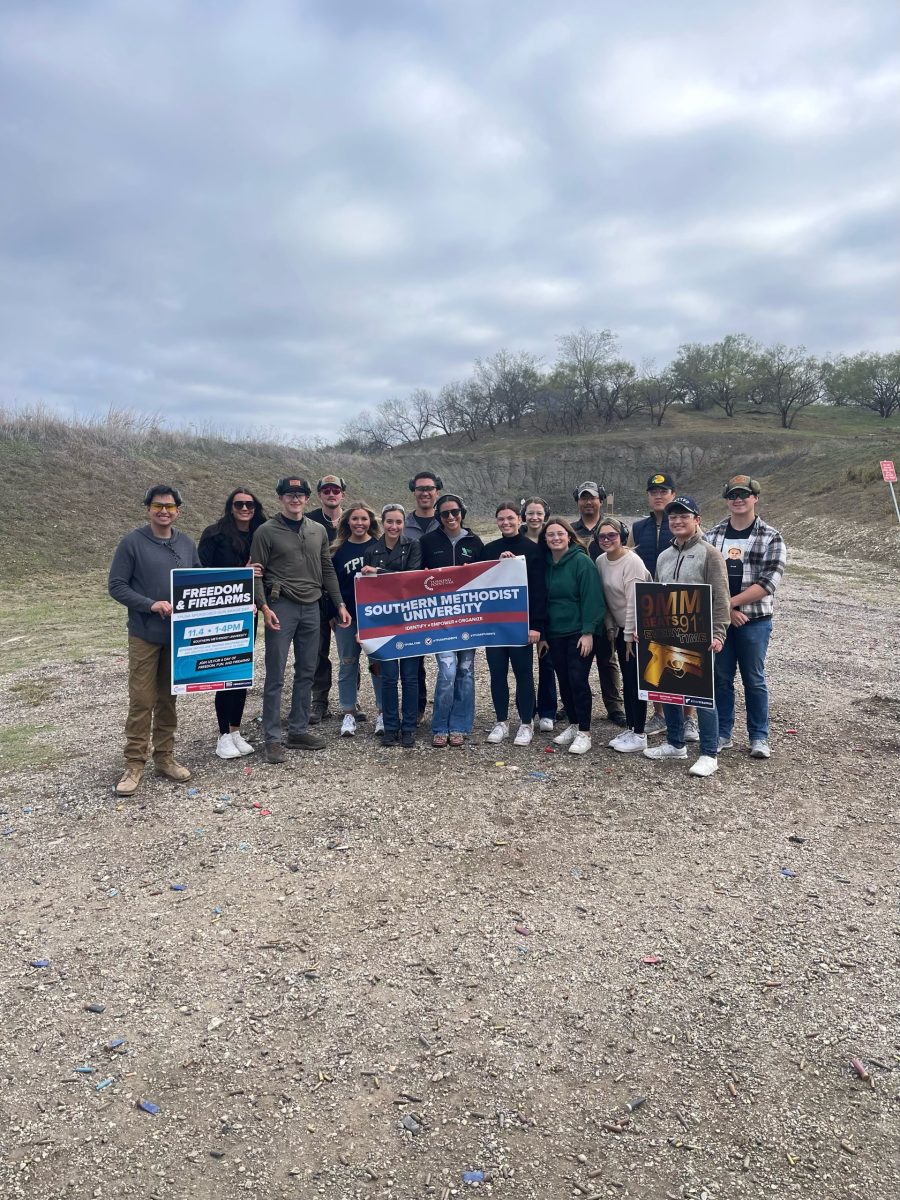SMU Law professor Cheryl Butler cried as she read a letter from an African-American mother talking about her son.
“I have to try and hold back my tears when I read this because I am a mother of a little black boy,” Butler said. “Across the country children are dying because the color their skin.”
The Black Law Students Association (BLSA) of SMU scheduled a program Thursday to discuss the murder of Trayvon Martin, in regards to the legal issues, and the effect on race relations in the United States.
Approximately forty law students filled Florence Hall to discuss the case, evidence, issues and ultimately what justice should be done.
Harriet Atseguba is a law student at SMU and a member of the BLSA. “What happened to Trayvon Martin is something that happens all the time,” Atsegbua said. “Society looks to us to carry out justice so its important as law students we examine these types of cases.”
Professor Butler began by examining the evidence in the case of Trayvon Martin, along with the federal and state laws regarding the incident.
“I want to point out I am examining the case objectively,” Butler said. “The question is why was Trayvon Martin murdered? Zimmerman said he looked suspicious, was it the hoodie that made him look suspicious?”
Butler examined Zimmerman’s defense. “In Zimmerman’s mind Trayvon Martin is something at the moment he viewed him, calling him a punk, and saying they always get away with it,” Butler said. “Maybe it was the hoodie, the cultural implications of hoodies and the United States it is common for middle school, high school and college students to wear.”
The stylistic, cultural, and age of people who wear hoodies as vastly against Zimmerman’s defense, according to Professor Butler. “It wasn’t the hoodie…it was the little black face inside the hoodie. This circumstantial evidence points to racial profiling,” Butler said.
Once professor Butler concluded her examination of the evidence and interpretation of the laws, the floor was open for questions and student comments.
“I think this program was a huge success,” Austin Pesh, a SMU law student, said. “When you think about all the laws, evidence, interpretation, and public opinion, its much deeper than you think.”
“This case looks like racial profiling no one here was there, the circumstantial evidence looks like racial profiling, you have to analyze if his fears were reasonable,” Butler said. “This case caused outrage because the police didn’t even arrest him so the case could be even adjudicated in a civil society. Its’ not their job to convict him but they didn’t even arrest him.”








